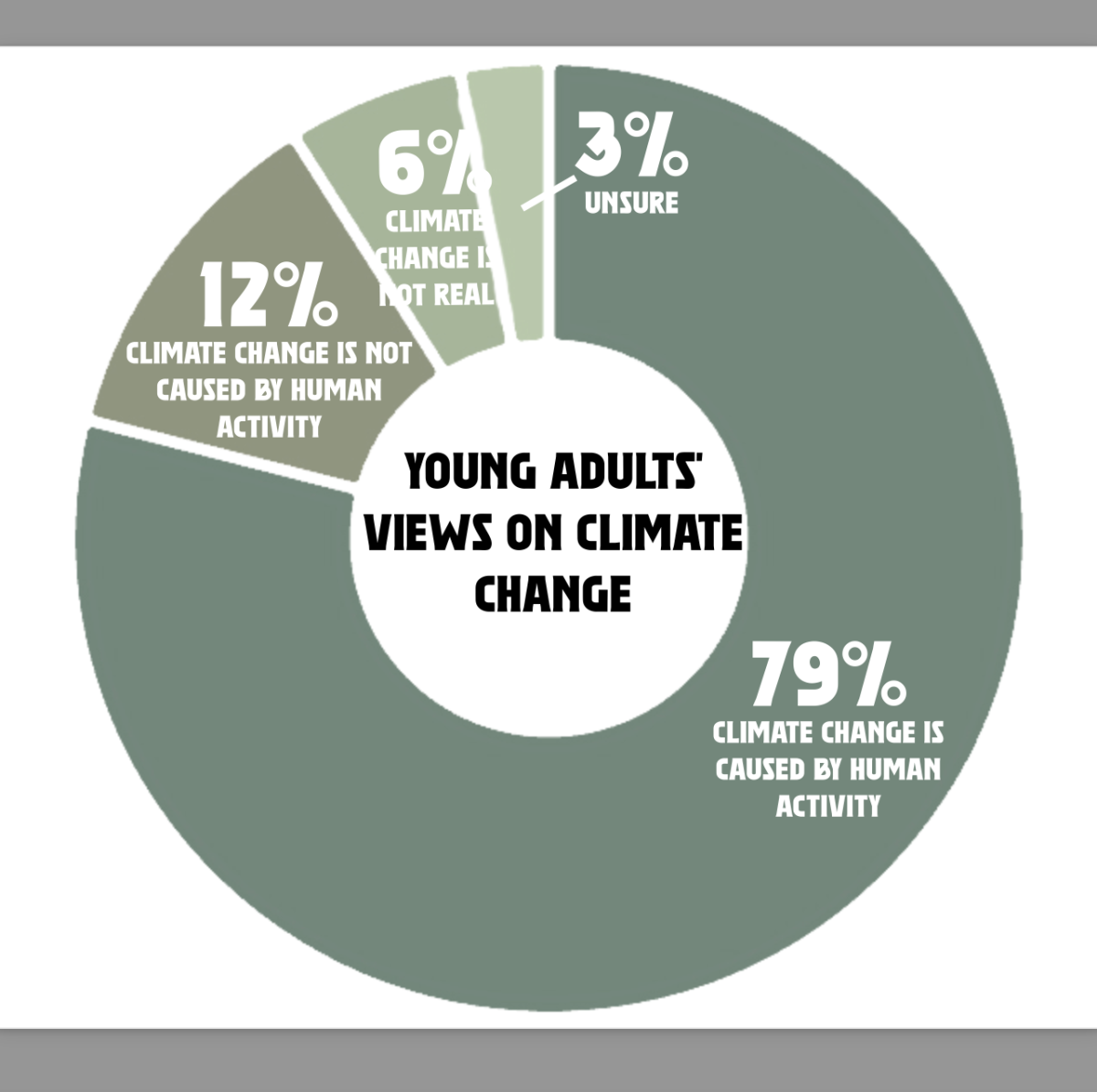Facebook currently has over 800 million active users, which is over twice the US population. Though networking websites seem common to teens, social networking sites provide an extremely convenient way to communicate with almost anyone with internet access, no matter where they live.
I’ve grown to become companions with several of these sites: Myspace, Facebook and Twitter. They are all useful and fun in their own ways. Yet, in an effort to hold onto their users, the sites continue to transform and mimic features of each other.
The latest social networking adventure is with Google+ (G+), a site of simplicity, similar to most Google services. It takes about a minute to create if you already have a Gmail account. It was more convenient and less cluttered than Facebook, welcoming you with a sleek grey and white homepage that regulates the activity of the people you connect with.
It’s interesting to look back on the evolution of social networking sites in my lifetime.
When I had a Myspace, I thought I was the coolest kid ever because my profile had a black background with black text, so people had to highlight the whole screen to read whatever I wrote. After my transition to Facebook, I realized that I couldn’t do that anymore, but got over it quickly when I discovered bumper stickers and my ability to “poke” people.
Myspace has become a sort of time capsule for me. Now I’ll look back at my Myspace page and remember what seventh and eighth grade was like. It’s striking, however, how much Myspace has changed to become like Facebook. Now Myspace has chat, a notification bar, a newsfeed and the ability to “like” things. Sound familiar?
Twitter was a phase that lasted about a month for me. The site is about saying or reading something witty, then moving on. I liked it because I felt comfortable “tweeting” about things that I would otherwise feel uncomfortable putting as my status update.
The cool thing about Twitter is that it seems like the stupidest thing ever until you actually try it. It is not like the other social networking sites. It is simple and less about showcasing your social life than it is about letting your thoughts out to the world.
G+ reminds me a lot of Facebook, but it is more focused on peers sharing with you, and what you share with them. Facebook, on the other hand, has adopted the stalker-feed that now appears on your home page and provides you with information that you never cared about.
There are some obvious similarities between Facebook and G+, like the overall layout of someone’s profile has their photo in the top left corner with “posts” (equivalent of status updates) that show up in the middle of the screen.
However, with G+, you can edit these posts and disable commenting on them if you want to.
A feature I enjoy a lot with G+ is the ability to classify your friends into different categories, or circles. When I add other people, I immediately get a drop down box where I am required to add them to one of my circles. The three main groups are “friends”, “acquaintances” and “family”, and I can very easily limit which groups see my posts.
Facebook has a similar feature called “groups”, but it’s not used as much. G+ requires you to sort your friends, which is nice because I can make a stupid post and easily avoid having my family and “acquaintances” see it.
It also has a little bit of Twitter in it because you can “follow” people (similar to how Facebook now has subscriptions) who “you don’t know personally, but whose posts you find interesting.” In other words, it would be creepy if this person weren’t a celebrity of some sort.
G+ certainly adds new and useful ideas to the continuing development of social networking sites. Its privacy settings are certainly its most attractive feature.
However, unlike Facebook, there is no feature that allows you to post on someone’s “wall” and communication is confined to tagging people in posts and webcam “hangouts.”
In addition, not many of my friends actually use G+, which keeps me from using it regularly. While each of the social networking sites I have explored has its own strengths and weaknesses, I know that I will end up migrating towards the site that most of my friends use.
This leads me to question whether Facebook will remain popular, or if some other site will eventually take the lead. I have thought about whether Facebook will still be used fifty years from now, with pictures from my childhood still available for people to see.
However, if this is the case, I can be certain that the future Facebook will no longer resemble the one we use today, just as I am certain that the trends and communication habits that shape our social lives will always be changing.










